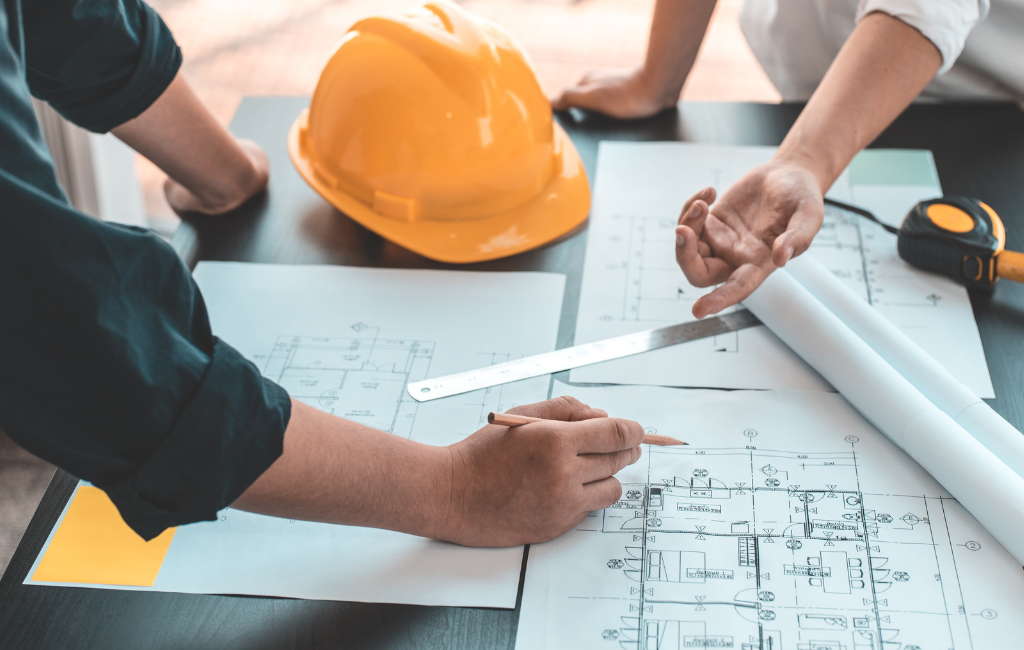Architect Concepts: Redefining Modern Living
Modern living has undergone a significant transformation over the past few decades. The way we design and inhabit our spaces has evolved, driven by technological advancements, environmental concerns, and changing lifestyles. This article explores the innovative concepts in architecture that are redefining modern living, providing valuable insights into the future of residential and commercial spaces.
Smart Homes: Integrating Technology
Smart homes have become a cornerstone of modern living. These homes are equipped with advanced systems that automate various functions, enhancing convenience and efficiency. From lighting and heating to security and entertainment, smart homes offer a seamless living experience.
Key Features of Smart Homes
- Automated lighting and climate control
- Advanced security systems with remote monitoring
- Voice-activated assistants and smart appliances
- Energy management systems for sustainability
According to a report by Statista, the global smart home market is expected to reach $53.45 billion by 2022. This growth is driven by the increasing adoption of Internet of Things (IoT) devices and the demand for energy-efficient solutions.
Sustainable Architecture: Building for the Future
Sustainability has become a key focus in modern architecture. Architects are now prioritizing eco-friendly materials and energy-efficient designs to reduce the environmental impact of buildings. This shift towards sustainability is not only beneficial for the planet but also for the occupants, offering healthier and more cost-effective living spaces.
Principles of Sustainable Architecture
- Use of renewable energy sources such as solar and wind power
- Incorporation of green roofs and walls
- Utilization of recycled and locally sourced materials
- Designs that maximize natural light and ventilation
A case study of the Bullitt Center in Seattle, often referred to as the “greenest commercial building in the world,” highlights the potential of sustainable architecture. The building features solar panels, rainwater harvesting systems, and composting toilets, achieving net-zero energy and water usage.
Open-Plan Living: Enhancing Space and Flexibility
Open-plan living has gained popularity as it offers a sense of spaciousness and flexibility. By removing unnecessary walls and barriers, open-plan designs create a fluid and adaptable living environment. This concept is particularly beneficial in urban areas where space is limited.
Benefits of Open-Plan Living
- Improved natural light and airflow
- Enhanced social interaction and connectivity
- Greater flexibility in furniture arrangement
- Increased property value
A study by the Royal Institute of British Architects (RIBA) found that open-plan living spaces are highly valued by homeowners, with 70% of respondents preferring this layout for its versatility and modern aesthetic.
Biophilic Design: Connecting with Nature
Biophilic design emphasizes the connection between humans and nature. By incorporating natural elements into architectural designs, this concept aims to improve well-being and productivity. Biophilic design can be seen in both residential and commercial spaces, promoting a healthier and more harmonious living environment.
Elements of Biophilic Design
- Incorporation of natural materials such as wood and stone
- Use of indoor plants and green spaces
- Designs that provide views of nature
- Water features and natural lighting
The Amazon Spheres in Seattle serve as an excellent example of biophilic design. These glass domes house over 40,000 plants from around the world, creating a unique workspace that fosters creativity and well-being.
Adaptive Reuse: Preserving Heritage
Adaptive reuse involves repurposing old buildings for new uses. This concept not only preserves historical and cultural heritage but also promotes sustainability by reducing the need for new construction. Adaptive reuse projects can transform abandoned structures into vibrant and functional spaces.
Advantages of Adaptive Reuse
- Preservation of historical and cultural significance
- Reduction in construction waste and resource consumption
- Revitalization of urban areas
- Cost savings compared to new construction
The High Line in New York City is a prime example of adaptive reuse. This elevated railway track was transformed into a public park, providing green space and recreational opportunities in a densely populated urban area.
Modular Construction: Efficiency and Flexibility
Modular construction involves assembling buildings from pre-fabricated modules. This method offers numerous benefits, including reduced construction time, cost savings, and flexibility in design. Modular construction is gaining traction in both residential and commercial sectors.
Benefits of Modular Construction
- Faster construction timelines
- Lower labor and material costs
- Improved quality control
- Flexibility in design and scalability
A report by McKinsey & Company highlights that modular construction can reduce building time by up to 50% and costs by 20%. This efficiency makes it an attractive option for addressing housing shortages and meeting the demands of rapid urbanization.
Conclusion
The concepts discussed in this article illustrate the dynamic and innovative nature of modern architecture. From smart homes and sustainable designs to open-plan living and biophilic elements, these trends are shaping the future of how we live and work. By embracing these concepts, architects and designers can create spaces that are not only functional and aesthetically pleasing but also environmentally responsible and conducive to well-being.
